Chest physiotherapy treatment
Table of Contents
What is chest physiotherapy
A chest physiotherapy treatment is a group of airway clearance techniques that uses to mobilize the lung and manually percuss the chest wall to help clear mucus build up in the lungs and improve lung function and help to patient breathe better. CPT is used for patients living with a chronic lung condition, such as cystic fibrosis or bronchitis, where the lungs are unable to clear mucus naturally
Aims of Chest Physiotherapy
- To inhibit gas exchange
- To reduce airway impediment
- improve mobilization elaboration
- To enhance cardiopulmonary exercise
- improve the distribution of ventilation
- To develop compliance and prevent it from collapsing
- To clear the way removal of preserve or profuse airway secretions
- To reduce work of breathing muscle
What are the complication of chest physiotherapy
- Hypoxiation
- rise in intracranial pressure
- pulmonary hemorrhage
- bronchospasm
- Vomiting and Aspiration.
- injury in rib cage
- Hypotension during treatment
What are the technique use in chest physiotherapy
- chest percussion
- chest vibration
- deep breathing
- postural drainage
- Coughing
- huffing
- positive expiatory pressure
Chest percussion
Percussion embraces rhythmically striking the chest wall with cupped hands. the purpose of percussion is to break secretion on the wall of the lung and improve ventilation. It is done with the middle finger of one hand tapping on the middle finger of the other hand using wrist action. The non-striking hand(finger) is placed body over the tissue.
- Position the hand in cupped. It is a must that the position of the hand should be maintained end of the treatment.
- The sound heard must be resonant and not of a slap. If erythema occurs, it is the result of a strike or trap of enough air between the hands and the chest wall.
- The applied force must be equal manner The rate should be slowed down if the force of non-dominant and dominant hands doesn’t match.
- percussion is kept away from bony prominence like the spine of the scapula, clavicle, and spinous processes of vertebrae.
- Percussion must be avoided on the last two ribs bottom of the cage as they have a single attachment.
- Patient may be taught to self percuss with one hand over the reachable areas.
- Percussion should not be given breast area as this would produce discomfort and also would reduce the effectiveness of the treatment. In the case of very large breasts, it is mandatory to move the with one hand and percuss with the other.
it is performed in both phase inspiratory and expiatory percussion done by two ways
- manual
- mechanical
percussion is mostly effective in a manual manner such as emphysema, cystic fibrosis, and other lung condition. Electric or pneumatic persecutors of different models are available in variable strength and prevalence for adults and older pediatric populations which can stimulate percussion mechanically. This enables a patient to apply self-percussion more effectively
There are four types of the sound of percussion
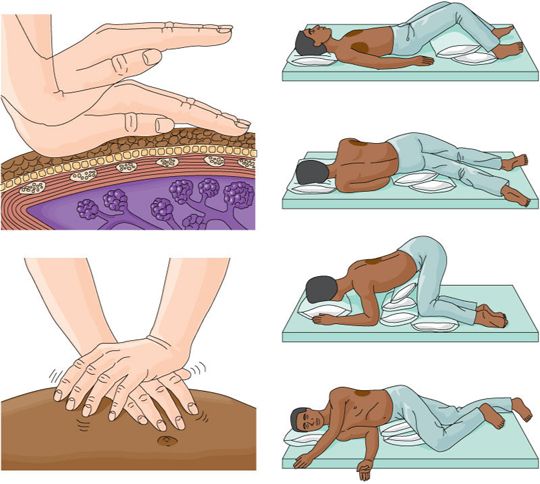
- resonant: it indicates air under the cavity
- hyper resonant: it indicates pneumothorax in the chest
- stony dull: it indicate pleural effusion over area
- dull: it indicate solid mass like structure over the surface
Chest vibration
This technique is used in the expiratory phase of lung clearance.it involves the appeal of a fine tremendous action (manually performed by pressing in the direction that the ribs and soft tissue of the chest move during exhale phase) over the draining area. In this technique, a rapid vibratory impulse is conducted through the chest wall from the smooth hands of the therapist by isometric alternate contraction of forearm muscles, to loosen and dislodge the airway secretions. After each vibration encourage a patient to cough expectorate secretion to the sputum container
Deep breathing:
Take a protracted slow deep breath in through your nose the maximum amount as you’ll be able to. attempt to keep your chest and shoulders relaxed take a breath gently and relaxed. you must do 3-5 deep breaths. raise your physical therapist to assist you . in step with patient capability some individuals hold their breath for regarding 2-3 seconds at the tip of the breath before breathing. attempt the deep respiration exercises each with and while not holding your breath and see what is helpful for the patient.
- Get warm You can lie on your back in bed or on the bed with a pillow under your head and knees.
- Breathe in through your nose. Let your belly fill with air.
- Breathe out slowly through your nose.
- Place one hand on your belly.
- As you breathe feel your belly arise.
- Take three or four deep breaths
Benefit of deep breath exercise
- reduce stress and improve calmness.
- it is easy and smooth movement.
- enhance the lymphatic system.
- To mobilize respiratory muscles
- Elevated energy in the body.
- prevent hypotension.
- upgrade the digestive system.
Postural drainage:
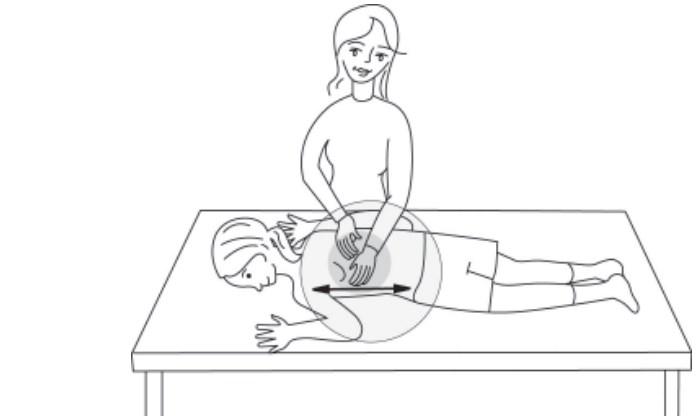
Postural Drainage removes mucus from certain parts of the lungs by using gravity and proper positioning to bring the secretions into the throat where it is easier to remove them. The lungs are divided into segments called lobes, the right lung is divided into three lobes (right upper lobe, right middle lobe, and right lower lobe) while the left lung has only two lobes (left upper lobe and lower lobe.
it is the drainage of secretions, by the effect of gravity, from one or more lung segments to the central airways (where they can be removed by cough or mechanical aspiration). Each position consists of placing the target lung segment(s) superior to the Carina. Positions should generally be held for 4 to 10 minutes. Standard positions are modified as the patient’s condition and tolerance level.
- Use specific positions so the strength of the gravity can assist in the removal of mucus from affected lung segments to central airways utilizing coughing and suctioning.
- The patient is positioned so that the diseased area is in a near upright position, and gravity is used to assist the drainage of a particular segment.
- The positions assumed are determined by the location, severity, and duration of the secretion deterrent.
- The exercises are performed three to four times a day, before meals and bedtime. Each position is done for 4-10 minutes.
- The procedure should be stopped if tachycardia, dyspnea, or chest tightness occurs. These symptoms may show hypoxemia. stop if hemoptysis occurs.
- Bronchodilators, mucolytics agents, water, or saline may be dispensed and drink before postural drainage and chest percussion to decrease bronchospasm, decrease the thickness of mucus and sputum, and conflict edema of the bronchial walls, and enhance secretion removal.
- before eating Perform mucus removal procedures.
- Make sure the patient is relaxed before the procedure starts and as comfortable as possible he or she assumes each position.
- Auscultate the chest to decide the areas of needed drainage.
- Ask the patient to deep breathe and cough after spending a particular time in each position.
- Ask patient for diaphragmatic breathing throughout postural drainage: this helps widen airways so secretions to be drained.
Coughing
cough is complex activity that begin either voluntarily or by stimulation of cough receptor in the central airway forceful expiration technique physiotherapist applied positive pressure filling the lung then quickly release negative pressure to build high expiratory flow and stimulate the cough it is also known inhalation and exhalation it is a most useful technique in patient unproductive cough due to muscle weakness such as muscular dystrophy, spinal cord injury and other condition
Two ways to clear cough
- medical device
- manual
In condition like myasthenia gravis and spinal cord legion patient require manual or medical device
- manual technique therapist assist cough to compress the diaphragm and simulate abdominal muscle to facilitate the cough
- mechanical device can be use coughing changing positive pressure to breath in and negative pressure breath out this will simulate a cough
how to done coughing
- it is on a bed in semi fowler position.
- ask the patient to slow, rhythmically deep breaths through the nose. Hold for 2 counts.
- Lean onward a bit toward the feet.
- Cough two or three short coughs.
- Relax for a few seconds.
and repeat this procedure three to four times a day
Huffing
A huff is expired through an open mouth and throat rather than coughing.this technique help to move the cough smaller airway to a larger airway from where they remove by open mouth or throat Ask the patient
- Sit up straight with chin unsymmetrical a bit up and mouth open.
- To inhale slow deep breaths to fill the lungs fully.
- Hold your breath for three to four seconds.
- breath out forcefully, but slowly, in a continuous breath out to move mucus from the smaller to the larger airways.
Huffing technique should perform 3 or 4 times a day if more chest muscle will tight
Positive expiatory pressure:
One of the most persistent acts (airway clearance technique) is mainly used for a patients with chronic lung conditions. during pep therapy patient breath out generating pressure with a range from 10 to 20 ml H2o
This device increases in pressure transmitted to airways creating back pressure catheterized them during breath out Promotes accessory ventilation, allowing pressure to build up distal to the obstruction. Retains airways from collapsing and prolongs exhales flow and clearance promotes movement of mucus upwards This device is specially used for old age people because their ventilatory muscles are weak in a patient with chronic respiratory failure.
Flutter
The Flutter device consists of a plastic mouthpiece at one end, a plastic perforated cover at the other end, and a valve on the inside created by a thick stainless steel ball resting in a plastic circular manner When a patient exhalation through the mouthpiece, the ball rolls and moves up and down, creating an opening and closing cycle that repeats itself many times throughout each exhalation. The actual position of the ball during expiration is the result of a balance between the pressure of the breath out air, and the force of gravity on the ball, The opening and closing cycles produce oscillations of endo-bronchial pressure and exhalation airflow.
The maximum end-bronchial pressure is approximately 20 to 25 cm H20The Flutter device consists of a plastic mouthpiece at one end, a plastic perforated cover at the other end, and a valve on the inside created by a thick stainless steel ball resting in a plastic circular manner When a patient exhalation through the mouthpiece, the ball rolls and moves up and down, creating an opening and closing cycle that repeats itself many times throughout each exhalation.
The actual position of the ball during expiration is the result of a balance between the pressure of the breath out air, and the force of gravity on the ball, The opening and closing cycles produce oscillations of endo-bronchial pressure and exhalation air flow.pressure varies between 0.8 and 2.5 cm H20 during the opening and closing cycle. Oscillations in airflow result from successive increase and decrease phases that coincide with the opening and closing cycles is called the “flutter effect
The frequency of the oscillations can be modulated by changing the tendency of the Flutter device up or down from the position. The patient selects the position that results in the greatest vibrating sensation within the chest. This is the position at which airway vibration is maximum.
The vibration of the airways presumably loosens mucus from the airway walls, increasing expiatory airflow facilitates the movement of secretion up the airways, and accelerates end-bronchial pressure reducing the collapsible of the airways during breathing out.
What are the indication of chest physiotherapy perform
- confirmation of retained pulmonary secretions
- dull or unproductive cough
- weakness of respiratory muscle
- focal lung blur on chest X-ray consistent with secretion plugging or atelectasis
- Patient with abundant sputum or with central combination
- appearance of any foreign particle in airway
- previous history of any lung condition
- unable to clear excessive sputum clearance in airway
What are the contraindication of chest physiotherapy
- Bleeding and sensitivity
- uncomfortable due to physical positions or postural drainage
- upraise in intracranial pressure
- Recent bleeding up in secretion
- Any fracture around chest area
- osteoporosis on chest area
- instability in postural drainage position
- patient having damage intercostal muscle
- patient having elevated blood pressure

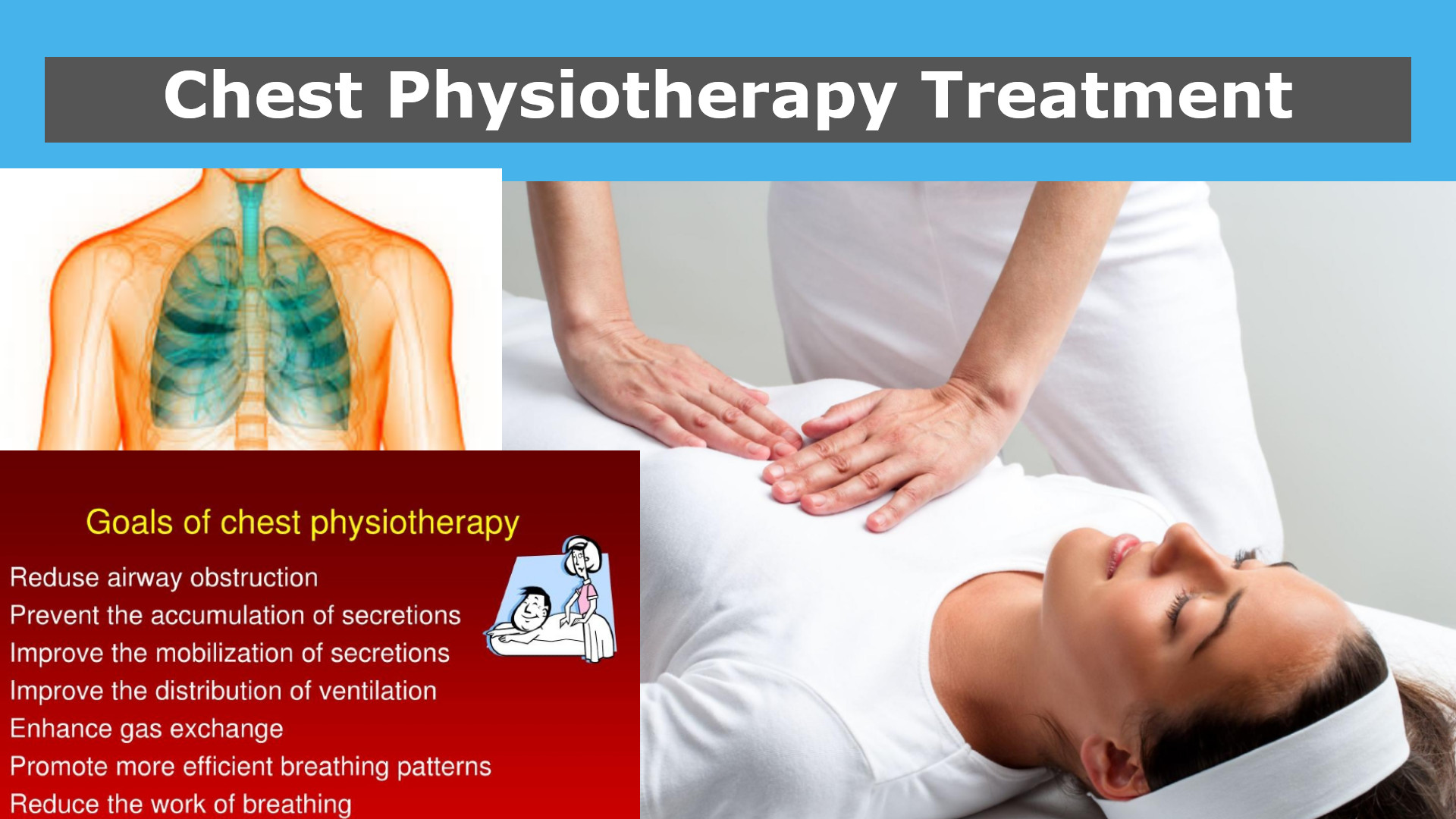
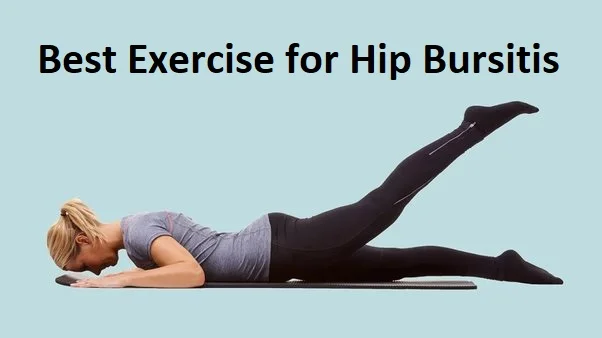

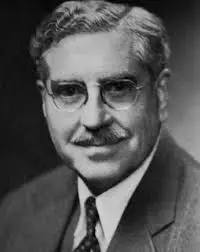
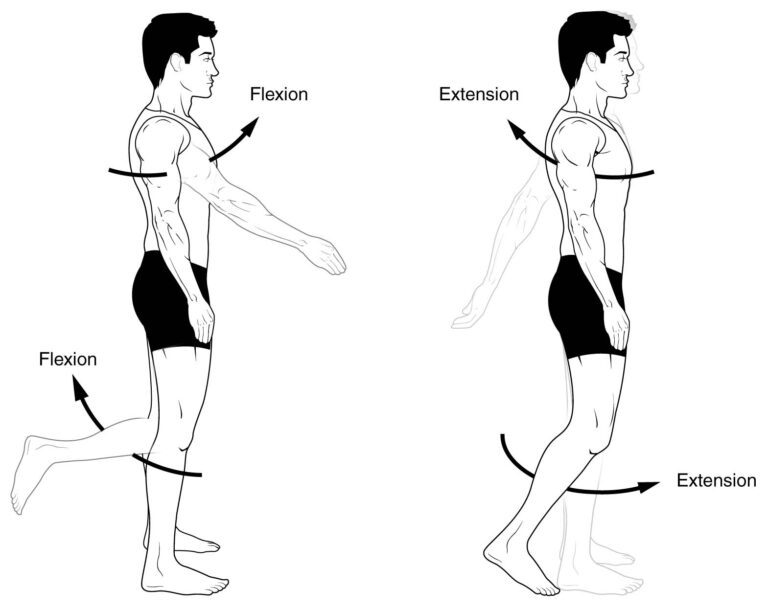

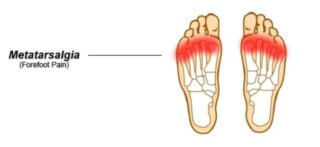
2 Comments